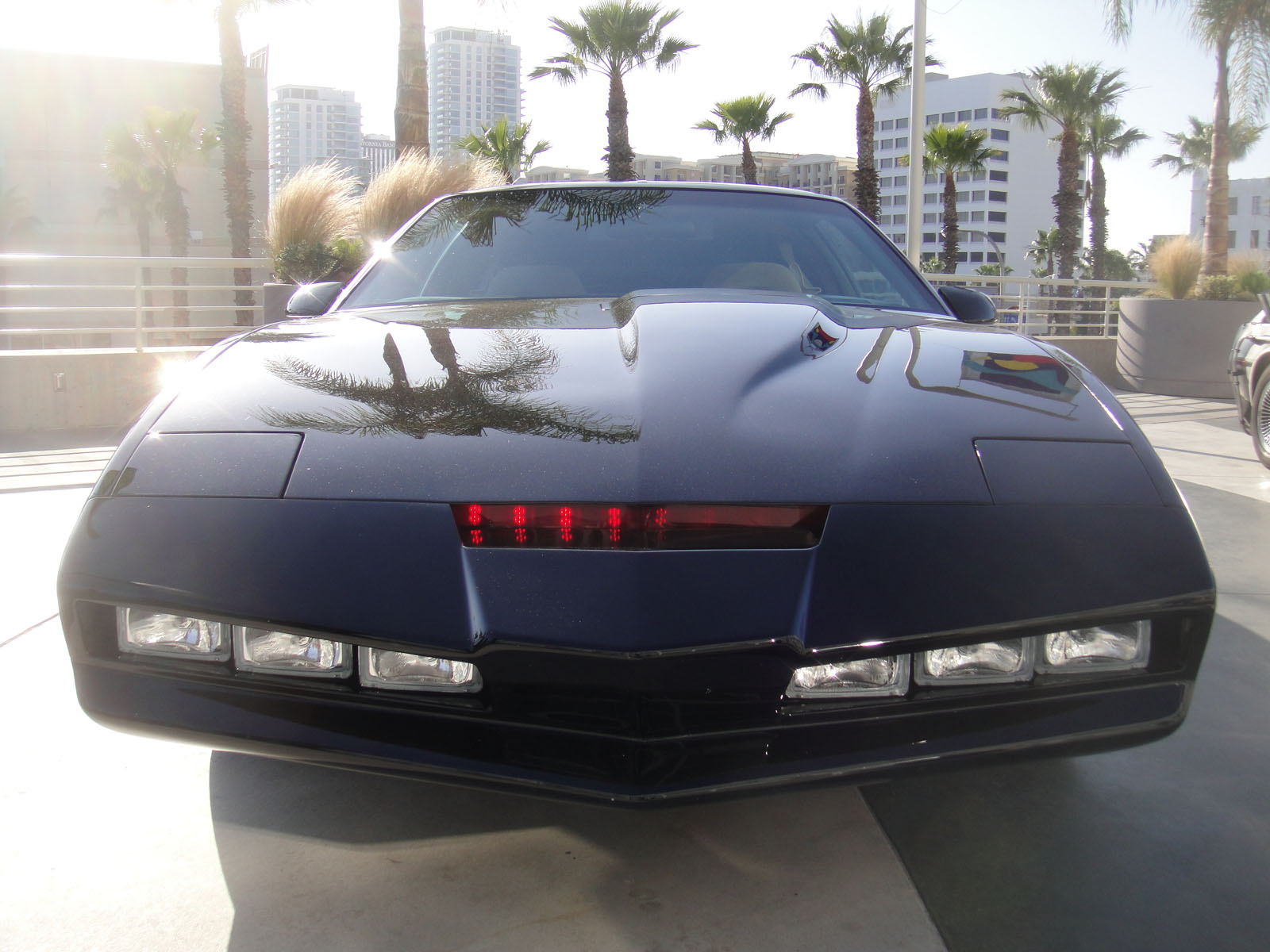 NEWS
NEWS
 NEWS
NEWS
 NEWS
NEWS
Growing up, I remember watching the show Knight Rider, and the technology used in the show amazed me, especially KITT, the self-driving and talking car used by the main character, Michael Knight (played by David Hasselhoff). I often wondered whether what they portrayed on the show would ever become a reality. Could a self-driving car ever come to its owner’s rescue?
It’s been more than 30 years since Knight Rider first aired, and now many manufacturers have their own self-driving initiatives in place. So, where are we now in the self-driving car market and how long will it be before we can get our hands on a car that is so technologically advanced?
Audi AG impressed CES 2015 attendees when its self-driving A7 car pulled up at the event. The self-driving car traveled from California to Nevada, two states that have permitted driverless car testing on its road, covering 550 miles in the said trip. The A7 was able to drive by itself below speeds of 70 miles per hour, change lanes, pass vehicles on the road, and change acceleration when needed.
Another Audi self-driving vehicle, the SQ5, made its way to the 2015 New York International Auto Show. What makes its debut impressive is that it traveled from San Francisco to Manhattan, a 3,500-mile journey, almost fully driverless. Though this feat was not entirely Audi’s own doing, as the technology used in the vehicle was supplied by Delphi Automotive PLC, it is still a step closer to bringing fully, self-driving cars closer to consumers.
The technology Delphi put in place the SQ5 includes GPS, radar sensors and cameras, allowing the vehicle to make complex decisions about stopping and proceeding at an intersection, merging with other vehicles on a highway, maneuvering around obstacles in the road and even sending out audible warnings to alert the driver when it wants to give back control to the human behind the wheel.
The Audi SQ5 is expected to be available by the second half of 2016 with a $40,000 price tag.
![]()
German vehicle manufacturer BMW AG was named a top smart car maker in 2014 thanks to its ConnectedDrive technology, which is packed with services and apps that bring people closer to what the world has to offer. This also includes Active Assist, a feature that delivers partial and highly automated driving features to help drivers get on their way more easily.
At CES 2015, BMW showed off its valet technology that allows drivers to command their cars to park in a multi-layer parking building using a smartwatch that utilizes laser sensors and algorithms, as well as to call the car when needed. The German company also showed off its 360-degree collision avoidance system that automatically applies the brakes to prevent collisions.
BMW is currently working with Baidu, Inc. to get self-driving cars on roads by the end of 2015. The vehicle will not be commercially available right away, but the prototype will be used to test the roads of China to see if they will be able to accommodate Baidu’s technology. The prototype will not a be a fully autonomous vehicle, but can drive by itself with human control.
South Korean automotive company Hyundai Motor Co. has revealed plans for self-driving cars as well. Later this year, the company plans to commercially release vehicles with partially automated driving features, and then by 2020 release vehicles with highly automated driving features. As for its fully automated driving vehicles, Hyundai plans to release that product by 2030.
At the moment, Hyundai is working on a highway driving-assistance system, which will be made available for its vehicles during the second half of 2015. It also plans on moving ahead with a “traffic jam assist system” that is able to detect and analyze other vehicles and obstacles in the road so drivers can make better decisions. These solutions all aim to make the roads safer for drivers.
At CES 2015 earlier this year, Hyundai introduced its Blue Link Android Wear app, which works with various Android smartwatches and gives the wearer the ability to remote start their vehicle, find the vehicle in a crowded parking lot, quickly access service information, and lock and unlock doors.
In 2013, Volvo launched a pilot project in Gothenburg, Sweden, that allowed it to test its autonomous vehicles on public roads with the belief that such vehicles can reduce road accidents. It also recently teamed up with the Swedish Transport Administration and the Norwegian Public Roads Administration for a project that enables vehicles to share information regarding road friction, like icy patches, with other vehicles using a cloud-based network.
The company announced that it aims to put 100 real customers inside its self-driving vehicles by 2017 through a program called “Drive Me.” The purpose of the program is to see if its self-driving technology is as good in the real world as it is on paper, meaning real drivers, lots of non-connected vehicles on the road and real traffic situations. By 2020, Volvo aims to eliminate road accidents by eliminating the number one cause of it: human drivers.
![]()
You’ve seen photos of Google’s self-driving car roving around its headquarters in Mountain View, CA, but it wasn’t until last December that the search giant unveiled its first working autonomous vehicle that was built from scratch. The design of the vehicle may remind you of cars in anime or manga; it’s quite cute to look at, but it packs sensors, lasers and computers, as well as new additions, such as a steering wheel, headlights and turn signals that comply with California’s DMV rules.
Google is also said to be in talks with major car manufacturers for its self-driving technology, which it hopes to go mainstream by 2020.
THANK YOU